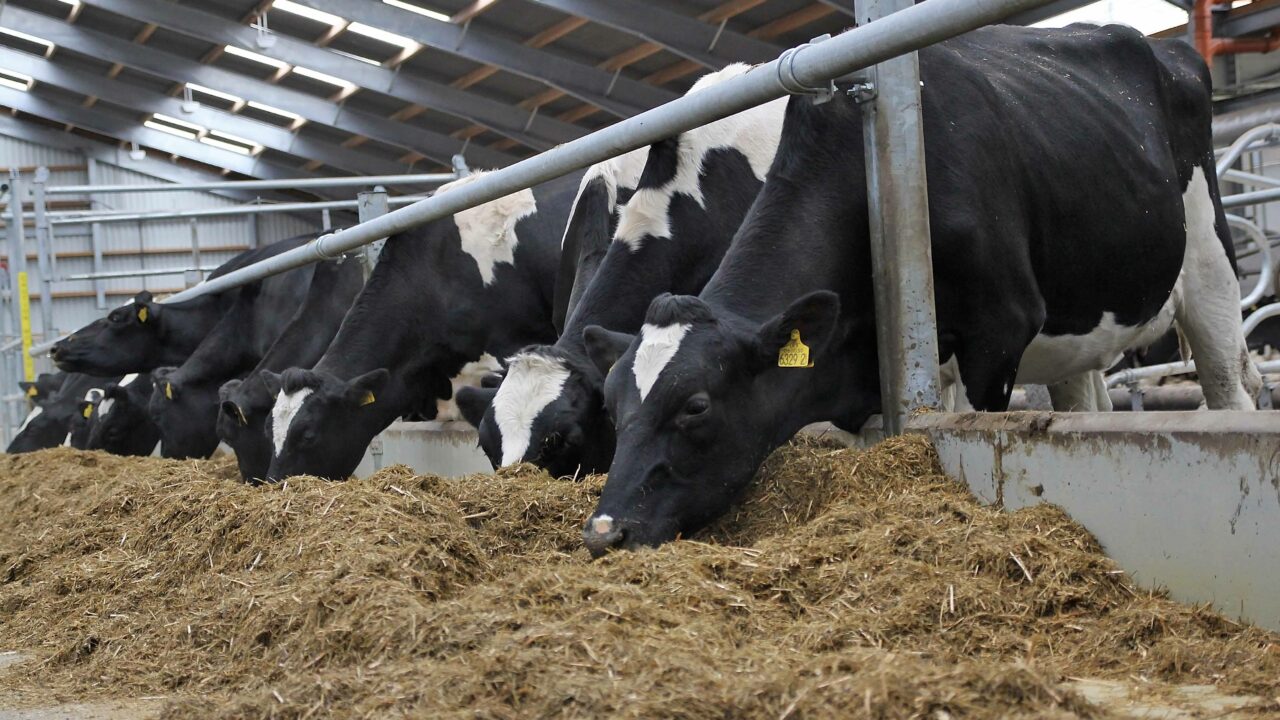The boost in the area of forage maize planted in 2018 has been welcomed by many dairy farmers around the country who intend to include maize silage in the diet of their cows over the winter months.
The quality of silage (grass silage or maize silage) and its overall proportion of the total diet are the main two factors to consider when it comes to feeding dairy cows over the winter.
There is consistency across research studies carried out in Ireland and the UK that increasing the proportion of maize silage in the diet will result in increased intake and milk yield, as well as beneficially altering milk composition.
Milk yield and composition
According to research carried out by Teagasc, feeding high dry matter digestibility (DMD 80%) grass silage and 6kg of concentrates produced a daily average milk yield of 21.4kg.
When replacing the same high DMD grass silage with maize silage (feeding 67% grass and 33% maize silage), milk yield increased to 23kg/day. Concentrates were also fed at a rate of 6kg/head/day. The maize silage was moderate quality with 22% starch.
Increasing the maize silage percentage to 67% and reducing the grass silage percentage to 33% – as well as feeding concentrates at a rate of 6kg/head/day – resulted in similar milk yields of 23.1kg/day.
A diet consisting of 100% maize silage and 6kg/head/day of concentrates produced a daily milk yield of 22.7kg.
It must be noted that concentrates were formulated to provide similar dietary crude protein (CP) concentrations.
Intake
One study carried out by Teagasc offered two diets at grass. The figures exclude the dry matter intake (DMI) from concentrates. The diet consisting of 67% grass silage and 33% maize silage resulted in a DMI of 9.7kg/day.
The second diet consisting of 33% grass silage and 67% maize silage resulted in a DMI of 10.7kg/day and the other consisting of 33% grass silage and 67% maize silage.
When 100% grass silage was offered, DMI came to 8.8kg.
When 100% maize silage was offered, a silage DMI of 10.7kg was recorded. The study therefore concluded that DMI increased when the rate of maize silage offered increased.
